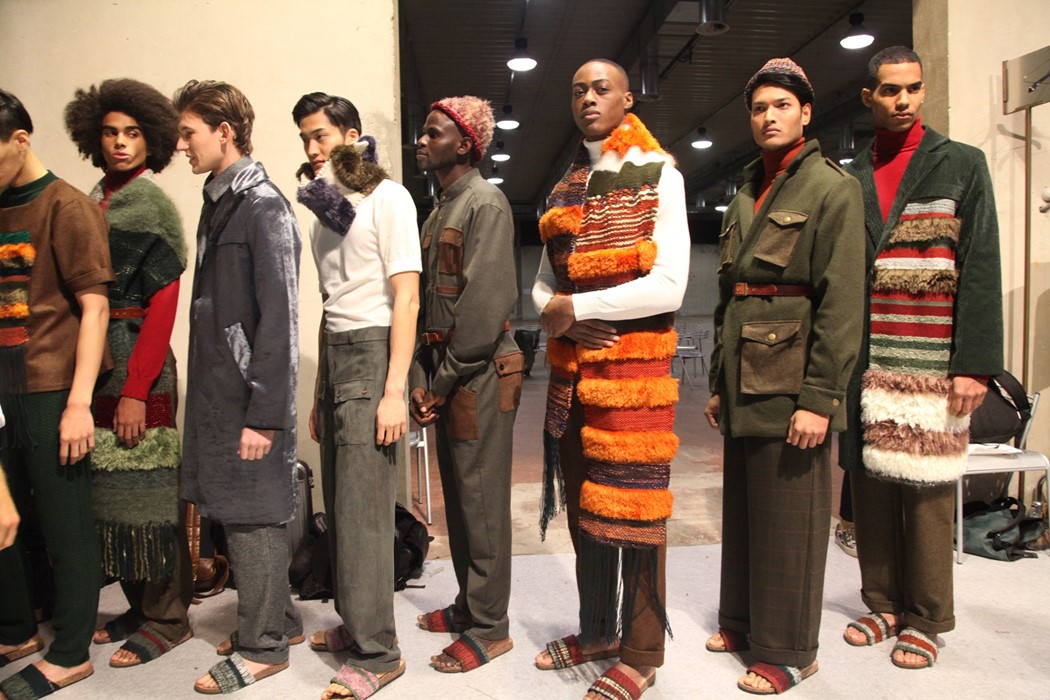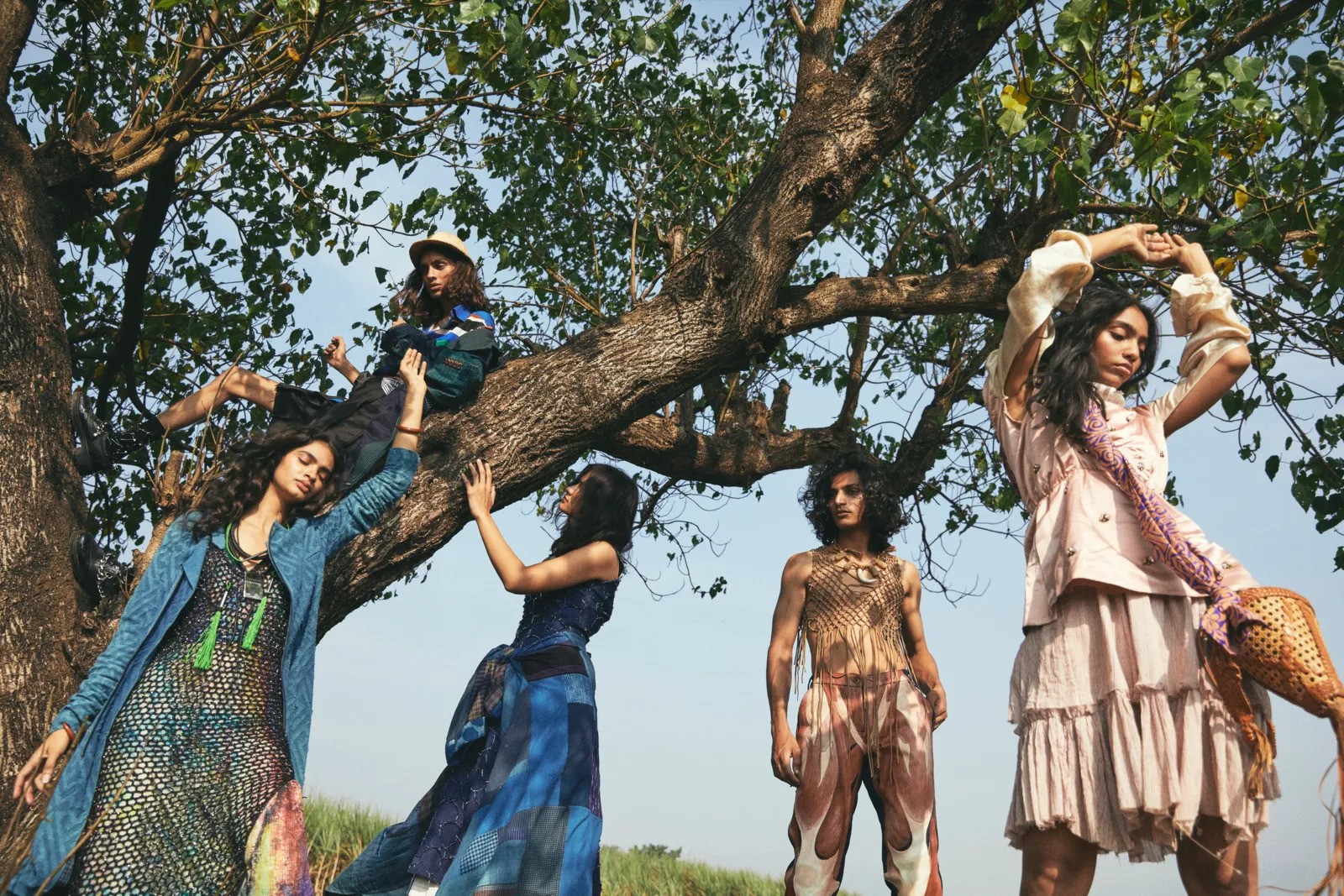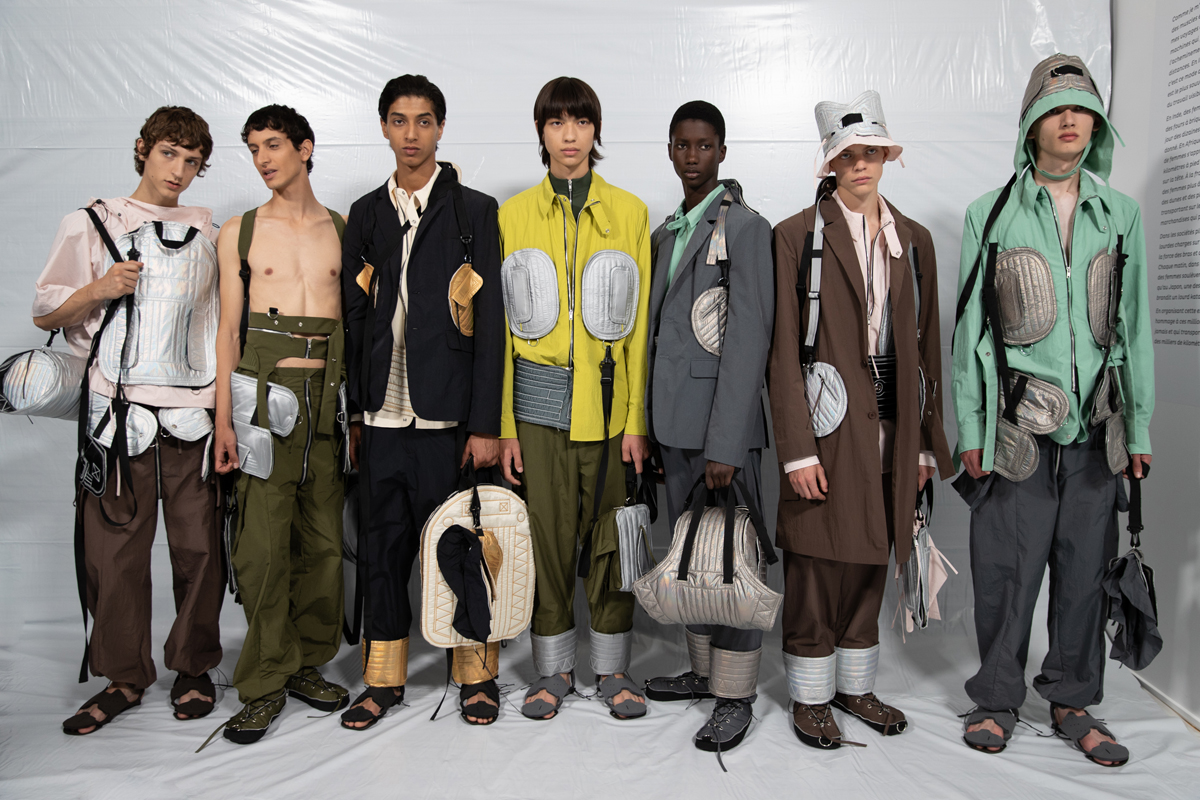Fashion And Sustainability - Clothing Choices Can Help The Planet
Embracing fashion and sustainability means choosing garments that align with eco-conscious values, supporting ethical practices, and contributing to a more sustainable future.
Author:Elisa MuellerReviewer:James PierceFeb 08, 20243.8K Shares52.2K Views

In the fast-paced world of fashion, our clothing choices extend beyond personal style. Today, more than ever, it's crucial to consider the impact of our fashion decisions on the planet. This article explores the dynamic relationship between Fashion And Sustainability. From eco-friendly materials to ethical production practices, our choices in clothing can play a significant role in promoting a healthier and more sustainable planet.
What Is Sustainable Fashion?
Sustainable fashion encompasses a broad spectrum of initiatives, encompassing products, practices, and participants such as policymakers, brands, and consumers. Its overarching goal is to foster a carbon-neutral fashion industry founded on principles of equity, social justice, animal welfare, and environmental stewardship.
It extends beyond mere textile or product considerations to embrace the entire lifecycle of clothing, including production, consumption, and disposal. By addressing these various stages comprehensively, sustainable fashion endeavors to minimize its environmental footprint while promoting ethical practices and social responsibility.
Importance Of Sustainable Fashion
Fair Wages
Fast fashion brands, known for their frequent collection releases and inexpensive garments often sourced from developing nations, have faced scrutiny for their labor practices. Workers endure prolonged hours in substandard conditions for minimal pay, fostering an environment ripe for exploitation. Allegations of child labor have dogged these companies in the media.
In contrast, sustainable fashion labels prioritize the well-being of their employees, emphasizing workplace safety and equitable compensation. By embracing sustainable production techniques, companies can provide essential benefits like healthcare and job security to their workforce. Moreover, sustainable practices cultivate healthier work environments, fostering heightened productivity and employee contentment.
Consumers can contribute to a fairer world by supporting sustainable fashion brands. By aligning with these ethical labels, individuals ensure their clothing is produced responsibly while also curbing the environmental harm associated with conventional manufacturing methods.
Reduced Water Waste
The fashion industry is notorious for its heavy consumption of resources, particularly water. Research indicates that crafting a single pair of jeans demands a staggering 1,800 gallons of water. Moreover, the dyeing process and manufacturing of textiles contribute to water pollution, as clothing factories often release toxic waste laden with chemicals into surrounding waterways.
Sustainable fashion endeavors to mitigate these environmental challenges by adopting improved practices. This includes sourcing materials responsibly, collaborating with factories that prioritize water recycling and reduction, and minimizing the use of synthetic fabrics and harmful chemicals in production processes.
Reduced Waste Generation
By 2050, global municipal waste production is projected to soar to 3.4 million metric tons, propelled by factors such as consumer consumption patterns, urbanization, and population expansion. Sustainable brands are combating this trend by opting for durable materials in crafting premium clothing. Also, these companies aim to minimize waste by emulating the latest fashion trends in their designs.
Restores A Sense Of Individuality
Sustainable fashion diverges from the trend-chasing mindset, urging buyers to approach their clothing choices with intentionality. It fosters a heightened self-awareness, prompting individuals to align their attire with genuine personal preferences rather than adhering to industry-dictated norms.
This ethos extends beyond supporting independent designers; it advocates for resourcefulness, whether through thrifting or upcycling existing garments. By embracing sustainable fashion, individuals cultivate wardrobes that honor their individuality, breaking free from the consumption patterns perpetuated by fast fashion. In doing so, they discover contentment in appreciating and maximizing what they already possess, fostering a sense of joy and fulfillment in their clothing choices.
Sustainable Fashion Trends
The current push towards sustainable fashion encompasses five key trends:
- Ethical and fair trade fashion -This trend focuses on improving conditions for workers in the garment industry, including preventing child labor, ensuring gender equality, providing safe working environments, and advocating for fair wages and social justice.
- Eco-friendly and green fashion- Brands in this category promote the use of eco-friendly materials like organic cotton, hemp, mushroom leather, and kelp leather as alternatives to plastics. They aim to reduce environmental impact through the adoption of biodegradable and sustainable fibers.
- Vegan and cruelty-free fashion- This trend involves manufacturing products without using materials derived from animals or obtained through cruel means. It aims to raise awareness about the ethical concerns surrounding animal farming and exploitation in the fashion industry.
- Upcycled fashion- This involves repurposing textiles, materials, and clothing to create new fashion items. Upcycled fashion has gained popularity among designers and celebrities, emerging as a form of high-end luxury fashion that promotes sustainability through reuse.
- Circular fashion- This approach focuses on closed-loop processes, aiming to recover and repurpose materials for manufacturing. Recycling polyester and other plastic-based materials for reuse within the fashion industry is a common practice within circular fashion initiatives.
Fast Fashion Vs. Sustainable Fashion
Fast fashion and sustainable fashion represent two contrasting aspects within the fashion industry, each with its own set of values, practices, and impacts. Fast fashion, characterized by its rapid production cycles and low-cost, trend-driven garments, has dominated the industry for decades. Brands under this model prioritize speed and affordability, churning out new collections at an alarming rate to keep up with ever-changing trends.
While fast fashion offers consumers quick access to trendy clothing at budget-friendly prices, its environmental and social costs are substantial. The relentless pursuit of cheap garments leads to exploitative labor practices, environmental degradation, and immense waste.
In contrast, sustainable fashion embodies a commitment to ethical and environmentally conscious practices throughout the entire supply chain. From sourcing materials responsibly to ensuring fair wages and safe working conditions for garment workers, sustainable fashion brands prioritize people and the planet over profit margins. They embrace eco-friendly materials, minimize waste through innovative production methods like upcycling and recycling, and strive to create timeless, durable pieces that transcend fleeting trends.
The differences between fast fashion and sustainable fashion extend beyond their production processes to their broader impacts on society and the environment. Fast fashion perpetuates a culture of overconsumption and disposable clothing, contributing to overflowing landfills and pollution of waterways with toxic chemicals. On the other hand, sustainable fashion promotes mindful consumption, encouraging consumers to invest in quality pieces that stand the test of time and have a lower environmental footprint.
How To Achieve Sustainable Fashion
We've identified two crucial areas for effectively implementing the concept of sustainable fashion:
Comprehensive Understanding Of Sustainability
Achieving true sustainability in fashion requires more than just ensuring fair labor practices. While it's commendable for a brand to prioritize decent working conditions and fair wages, it falls short if it continues to rely on plastic and synthetic materials. True sustainability entails a holistic approach that addresses both environmental and social concerns. Brands must embrace a wide range of sustainable practices to genuinely qualify as sustainable.
Combatting Greenwashing
Greenwashing, a form of deceptive marketing, poses a significant challenge in the fashion industry. Brands often use misleading certifications to portray their products as environmentally friendly, when in reality, their practices may not align with sustainability principles. Consumers should be vigilant and scrutinize certifications to ensure credibility and authenticity. Merely producing a single organic cotton t-shirt should not be sufficient grounds for a sustainability certification; instead, a brand's entire supply chain and materials sourcing should be transparent and sustainable.
Sustainable Materials
Sustainable materials are at the forefront of innovative design and manufacturing practices, aiming to minimize environmental impact while meeting the needs of society. These materials are characterized by their ability to be produced, used, and disposed of in a manner that conserves resources, reduces pollution, and promotes the well-being of both people and the planet.
One of the key principles of sustainable materials is their renewable nature. This means that they can be replenished at a rate equal to or faster than they are consumed. For example, bamboo is a fast-growing grass that can be harvested for use in construction, furniture, and textiles without depleting its source. Similarly, cork is harvested from the bark of cork oak trees without harming the tree itself, making it a renewable and environmentally friendly material.
Recycled materials are another important aspect of sustainability. By repurposing waste materials such as plastic bottles, aluminum cans, and old textiles, we can reduce the amount of waste sent to landfills and lessen the demand for virgin resources. Recycled materials can be used in a wide range of applications, from packaging and building materials to clothing and furniture.
Biodegradable materials are also gaining popularity as a sustainable alternative to traditional plastics and other synthetic materials. These materials break down naturally over time, reducing the amount of waste that accumulates in the environment. Examples include bioplastics made from renewable sources such as corn, sugarcane, or algae, as well as natural fibers like hemp and organic cotton.
Fashion And Sustainability - FAQ
What Does Sustainability Mean In Fashion?
Sustainable clothing uses biodegradable components from natural or recycled fibers. These materials grow with no pesticide or fertilizer use, consume less energy and water, and employ no chemical treatment, thus reducing the overall carbon footprint of these brands.
How Can Designers Improve Sustainability In Fashion?
Embrace Circularity - Transition from a linear to a circular fashion system by designing for longevity, facilitating repair and reuse, and promoting recycling and upcycling. Material Responsibility - Prioritize sustainable materials, such as organic fibers, recycled textiles, and low-impact dyes.
What Is Another Word For Sustainable Fashion?
Sustainable fashion (also known as eco-fashion) is a term describing efforts within the fashion industry to reduce its environmental impacts, protect workers producing garments, and uphold animal welfare.
Final Words
In conclusion, the power to make a positive impact on the environment lies within our daily fashion choices. Embracing fashion and sustainability means choosing garments that align with eco-conscious values, supporting ethical practices, and contributing to a more sustainable future. By being mindful consumers, we can turn the tide and transform the fashion industry into a force for positive change, creating a world where style and sustainability coexist harmoniously.

Elisa Mueller
Author

James Pierce
Reviewer
Latest Articles
Popular Articles

